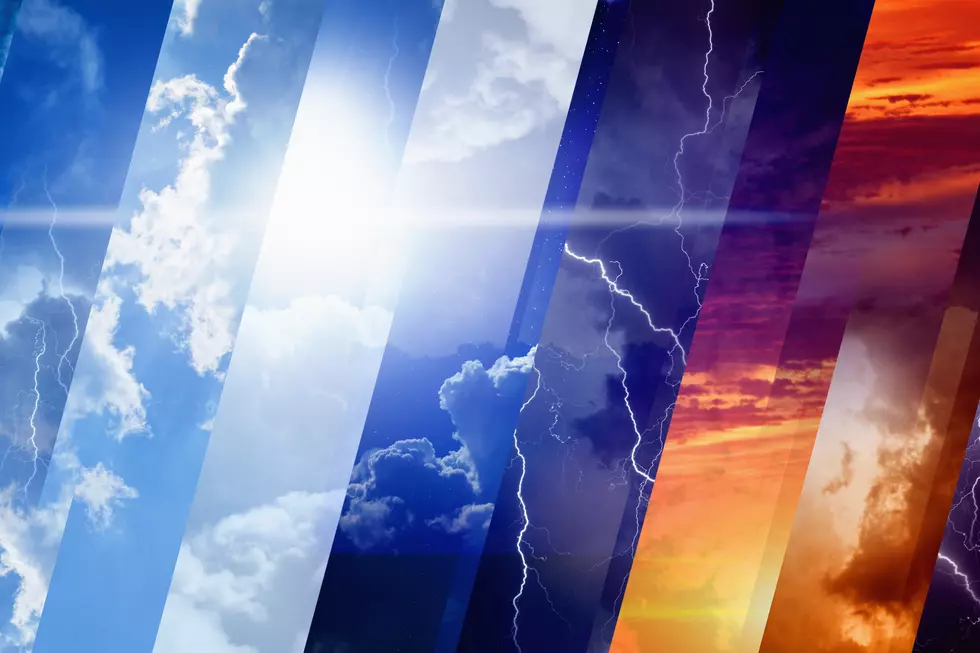
National Weather Service Ask For Feedback As They Look To Simplify Weather Alerts
Watches, warnings, advisories, and special weather statements are part of a system of alerts to let the public know about hazardous or dangerous weather conditions. While the terms have been around for quite some time, they can be confusing.
In an effort to simplify and streamline weather alert messages, the National Weather Service is asking the public to take a quick survey about the current types of alerts to identify current perception and try to make the information easier to understand.
While most people know that warnings mean that dangerous conditions are imminent and watches mean that dangerous weather is possible, there are two additional types of weather alerts the general public might not be as familiar with. Those two lesser-known alert types is where this survey is focusing.
Along with warnings and watches, the National Weather Service also uses weather advisories and special weather statements as part of their weather alert messaging. While these are very commonly used in the weather community and industries heavily reliant on weather, these terms are often not in daily conversation for the general public.

Advisories and statements are generally tied to notable weather events that aren't quite as imminent or dangerous as a warning, but still very important for the public to be aware of. An example of this for our area would be the difference between a winter weather advisory and winter storm warning. A winter weather advisory is a cautionary message about winter weather conditions that could be hazardous for driving or spending time outside, but not quite as severe as conditions during a winter storm warning.
The survey offers examples of the current format for messaging, as well as a proposed simplified format. You can see the examples and take the survey here.



